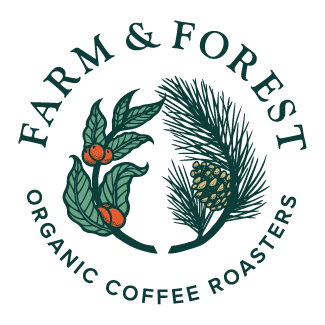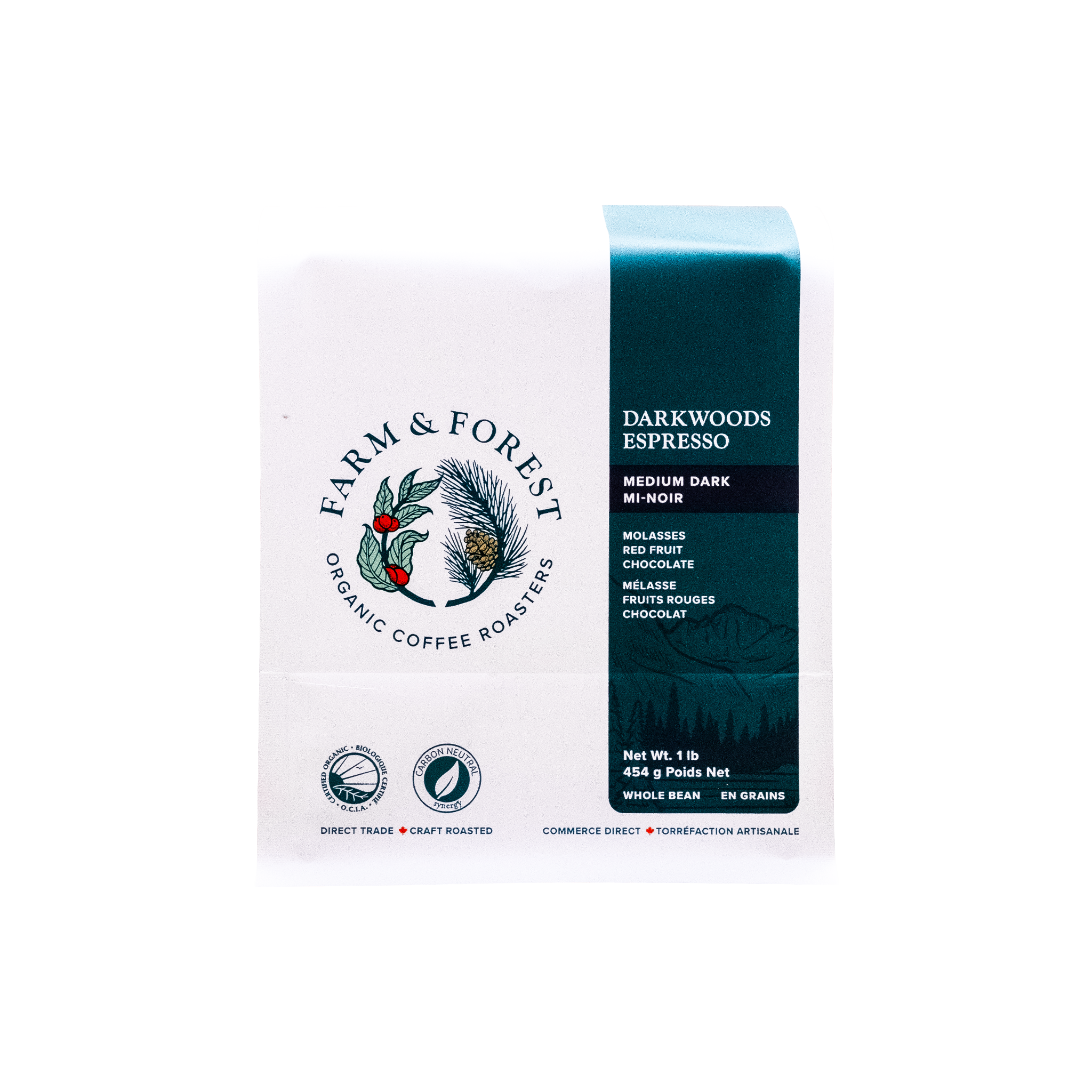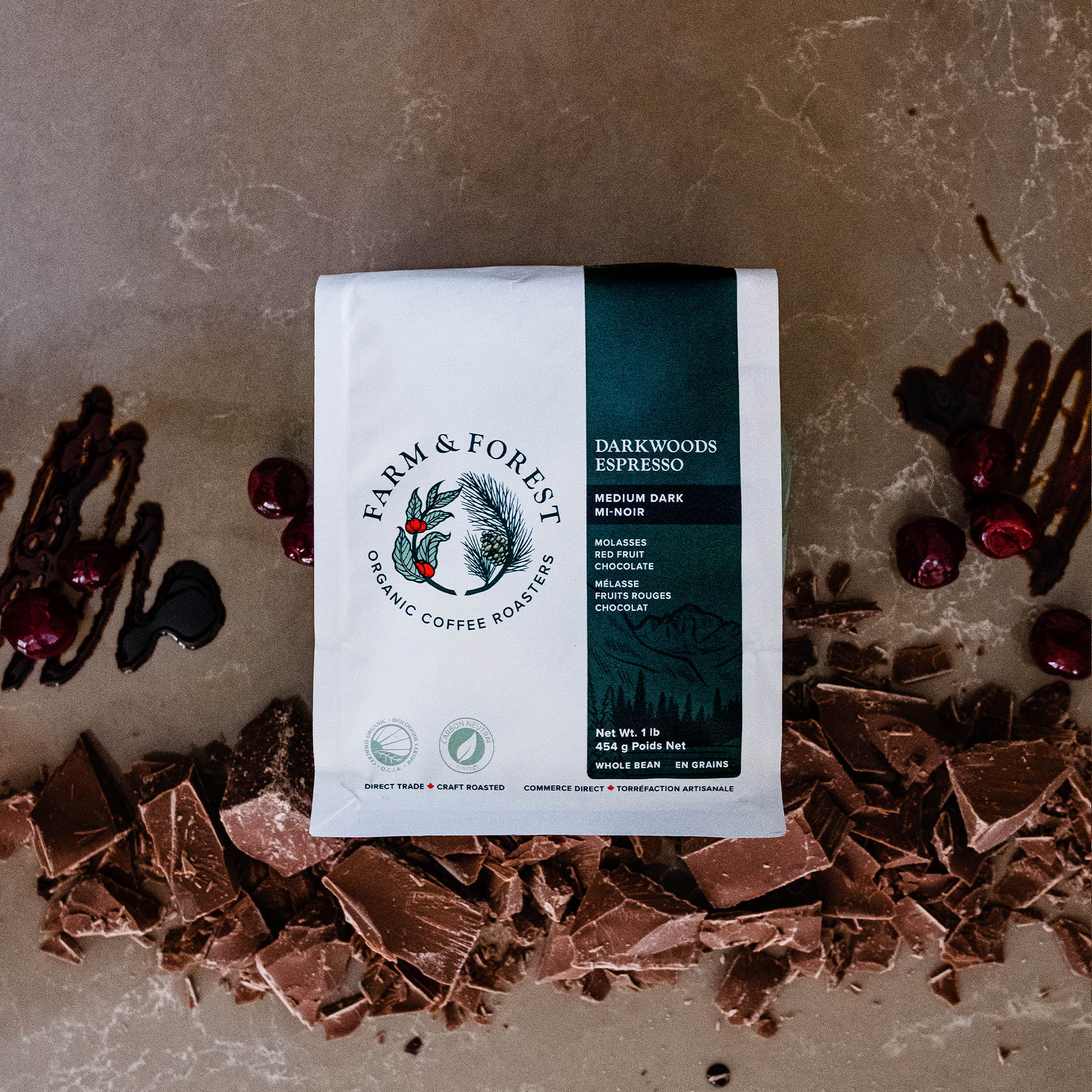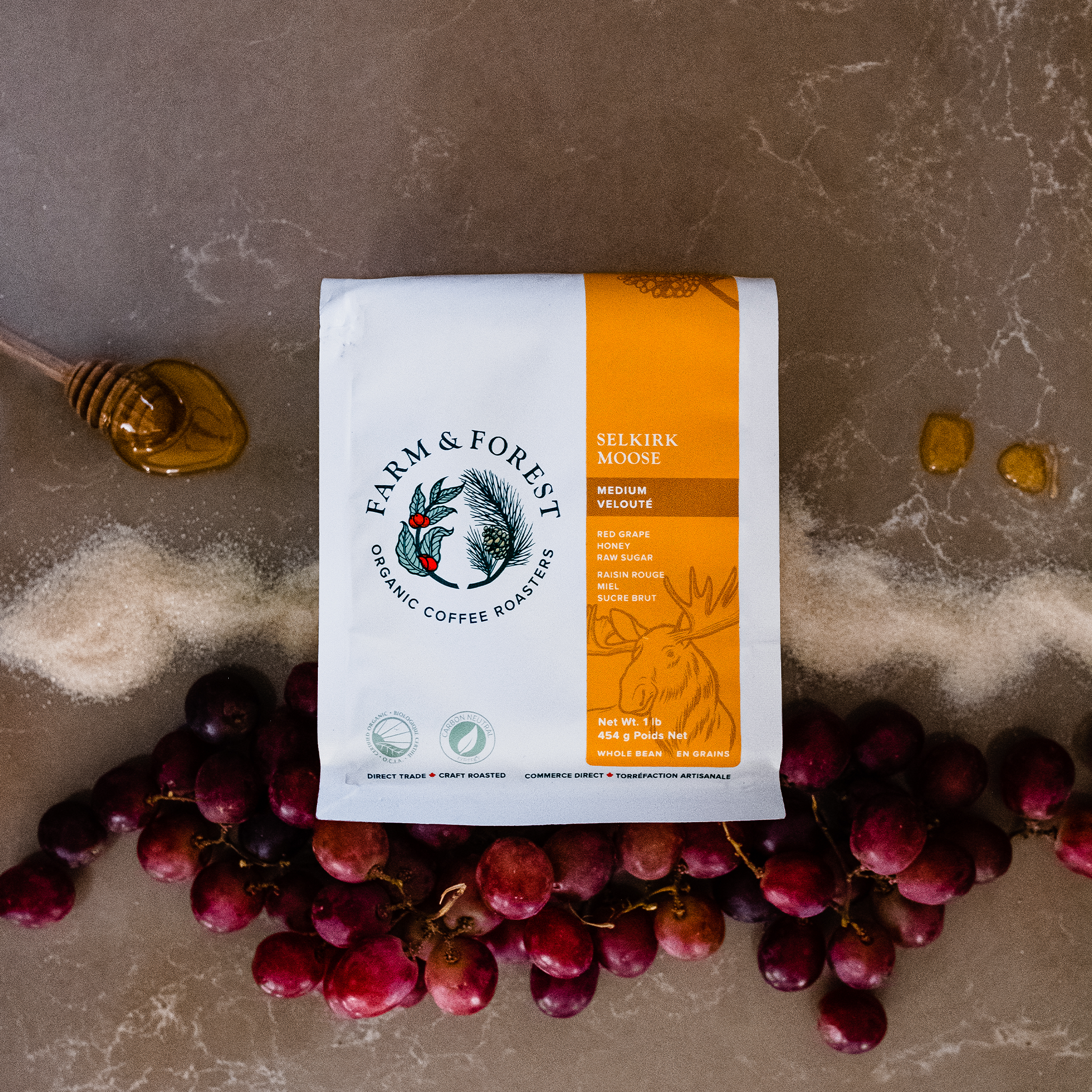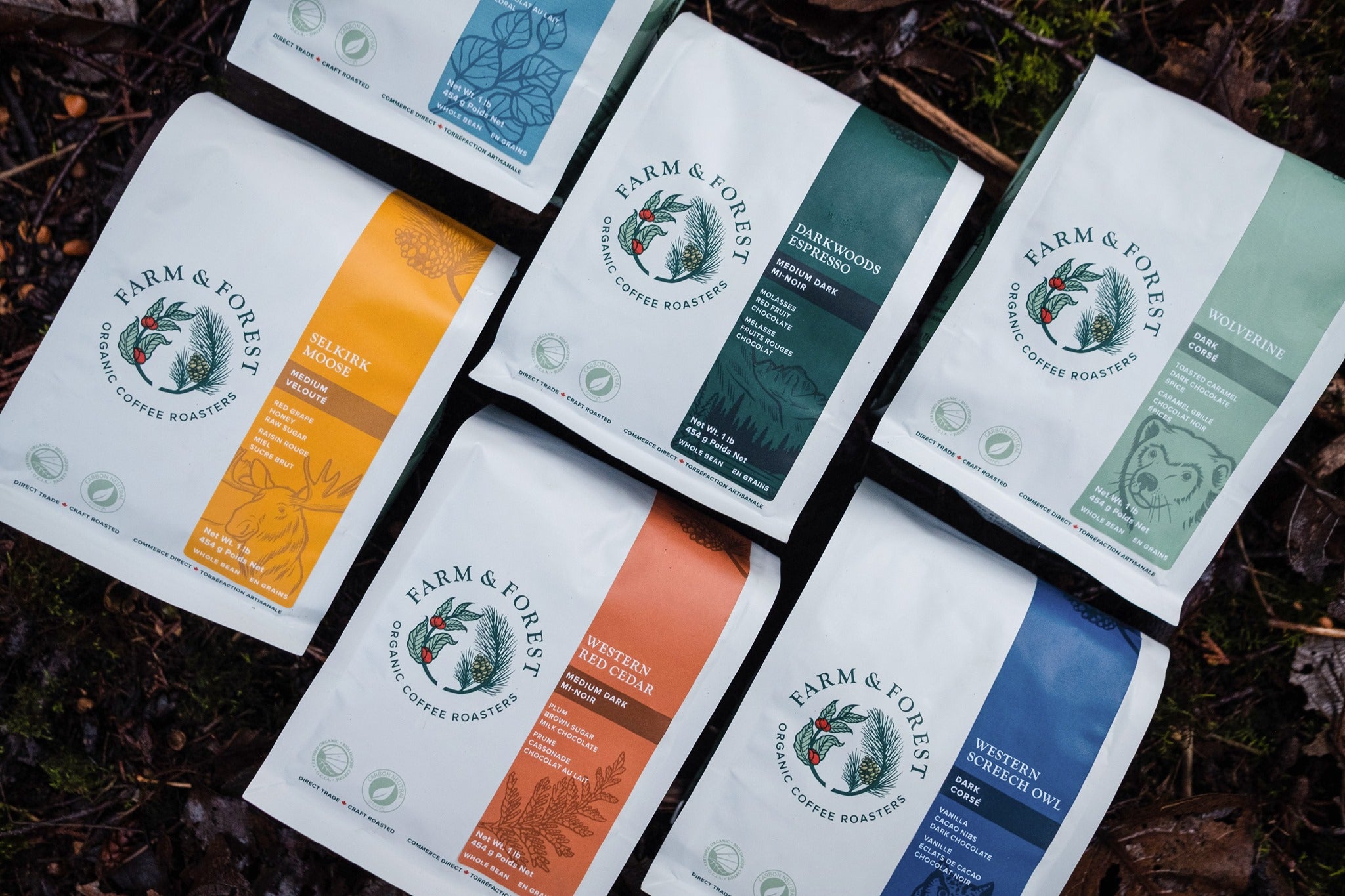The role of biodiversity in coffee farming: How it affects flavor and sustainability
In the world of specialty coffee, where beans are celebrated for their unique profiles and origins, biodiversity is more than a buzzword, it’s a backbone of quality and sustainability. While conversations often focus on roast levels, processing methods, and altitude, one crucial factor is often overlooked: the biodiversity of the coffee farm ecosystem.
But what does biodiversity really mean for coffee, and how does it influence flavour, sustainability, and the future of specialty coffee?
Let’s explore the intricate relationship between coffee farming and biodiversity, and why it matters to your morning cup.
What Is Biodiversity in Coffee Farming?
Biodiversity refers to the variety of plant, animal, insect, and microbial life within a given environment. In coffee farming, biodiversity includes everything from shade trees, native plants, and insects to birds, soil microbes, and pollinators. There are two main coffee farming systems when it comes to biodiversity:
- Monoculture coffee farms, where coffee is grown in neat rows with little shade and limited vegetation diversity.
- Agroforestry or shade-grown systems, where coffee is cultivated among a diverse mix of trees and plants, mimicking natural ecosystems.
The latter is where biodiversity shines and where both flavour and sustainability flourish.
How Biodiversity Affects Coffee Flavour
One of the most fascinating aspects of biodiversity in coffee farms is its influence on cup quality. Specialty coffee lovers often seek distinctive flavours: floral, fruity, chocolatey, or spicy notes, which are affected by both genetics and environmental factors. Here's how biodiversity plays a role:
1. Shade Trees and Slower Maturation
Shade-grown coffee matures more slowly due to lower temperatures and less direct sunlight. This slower development allows sugars and complex compounds to fully develop in the beans, often resulting in richer, more nuanced flavours.
2. Soil Health and Microbial Diversity
Healthy, biodiverse soils team with life, from fungi and bacteria to worms and beetles. These organisms improve nutrient cycling and root development, enhancing the bean's nutritional intake and thus, its taste.
3. Pollinators and Yield Consistency
Bees and other pollinators thrive in biodiverse environments. Their presence increases pollination efficiency, resulting in more even ripening, which contributes to better consistency in cup profiles.
4. Natural Pest Control
Birds, spiders, and beneficial insects act as natural pest controllers. By reducing the need for chemical pesticides, coffee plants grow in a more balanced environment, which can protect the delicate flavour notes from chemical interference.
Biodiversity and Sustainability: Protecting Coffee's Future
1. Climate Change Resilience
A diverse ecosystem is more resilient to climate stressors such as drought, disease, and rising temperatures. Shade trees help regulate temperature, retain moisture, and provide wind protection, all of which support coffee crops in extreme weather conditions.
2. Reduced Need for Chemicals
Farms with high biodiversity rely less on synthetic inputs. Natural composting, biological pest control, and organic matter from surrounding trees reduce the need for fertilizers and pesticides, making the operation more sustainable and cost-effective in the long run.
3. Water Conservation and Erosion Prevention
Plant diversity enhances soil structure and water retention, reducing the need for irrigation. Root systems of different plant species also help prevent soil erosion, keeping coffee farms fertile for future generations.
4. Carbon Sequestration
Agroforestry systems sequester carbon in trees, soil, and biomass, turning coffee farms into valuable carbon sinks that help combat global warming. This adds to the eco-friendly credentials of biodiversity-rich coffee farms.
The Role of Farmers in Promoting Biodiversity
Why Should Coffee Drinkers Care About Biodiversity?
Coffee farmers are stewards of their land. Those who embrace biodiversity often take extra care to plant native trees, maintain forest patches, and rotate crops. Some also create buffer zones around water sources or preserve habitats for birds and pollinators.
Organisations like Rainforest Alliance and Bird Friendly® certified programs recognize and support these efforts. For consumers, choosing coffee with such certifications supports environmentally responsible farming that nurtures biodiversity.
All Farm & Forest coffees are certified organic, because we’ve seen firsthand how much better an impact organic farming has on the environment and the surrounding community. Purchased directly from those organic farms to build positive relationships with producers and ensure they receive a fair price. And because forests are so key to a healthy climate, we have partnered with the Nature Conservancy of Canada to protect Canadian wilderness for future generations, for every pound of coffee sold includes a 15-cent donation to NCC to protect vital habitat for Canada's wildlife.
As a specialty coffee enthusiast, understanding the origin and impact of your coffee enhances your experience. Supporting biodiverse coffee farms isn’t just an ethical choice; it directly affects the flavour in your cup and the sustainability of the coffee industry.
When you buy shade-grown, organic, or biodiversity-friendly coffee, you’re contributing to:
- Better flavour quality
- Healthier ecosystems
- Sustainable livelihoods for farmers
- Conservation of endangered species
It's coffee you can feel good about.
Final Thoughts
The role of biodiversity in coffee farming goes far beyond aesthetics or environmental impact, it’s a flavour enhancer, a climate ally, and a guardian of the future of coffee. As consumers become more informed and intentional, biodiversity is becoming a key differentiator in specialty coffee.
So next time you sip a cup bursting with fruity acidity or deep chocolate undertones, take a moment to appreciate the birds in the canopy, the microbes in the soil, and the farmer who made space for both.
Frequently Asked Questions (FAQs)
What is the best type of coffee farming for biodiversity?
Agroforestry or shade-grown coffee systems are the most biodiversity-friendly, supporting a wide range of plants, animals, and soil organisms while enhancing sustainability and flavour.
Does biodiversity really affect coffee flavour?
Yes. A biodiverse farm creates a healthier ecosystem that improves bean development, soil quality, and ripening consistency, all of which contribute to a more complex and flavourful cup.
Is organic coffee always biodiversity-friendly?
Not necessarily. While organic farming avoids synthetic chemicals, true biodiversity comes from integrating multiple plant and animal species.
How can consumers support biodiversity in coffee farming?
Choose coffees that are shade-grown, organic, or certified sustainable, and buy from roasters who provide transparency about origin and farming practices.
Is biodiversity important for the future of coffee?
Absolutely. As climate change threatens traditional coffee-growing regions, biodiverse farms offer greater resilience, protecting both the environment and the long-term availability of high-quality beans.
